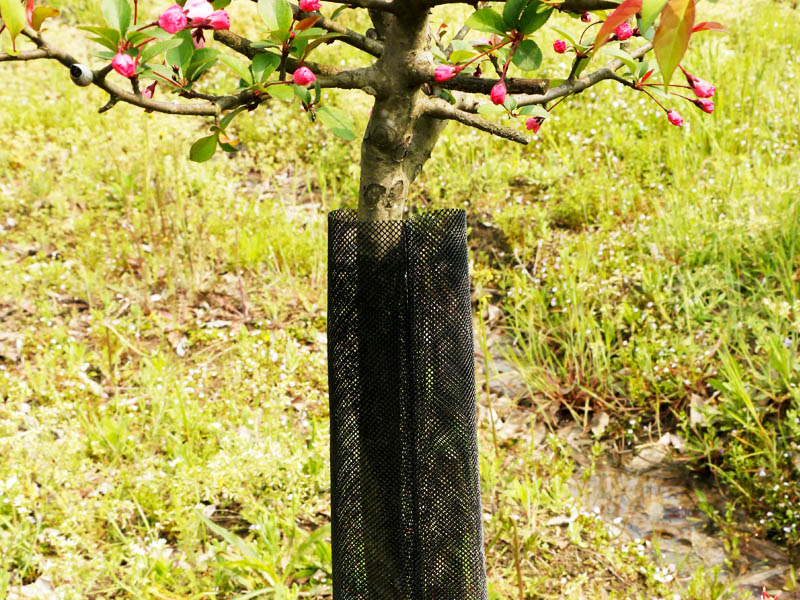Tree protective netting plays a crucial role in conserv […]
Tree protective netting plays a crucial role in conservation efforts for rare or vulnerable tree species. Here are several ways in which tree protective netting contributes to the conservation of these important plant populations:
Prevention of Wildlife Damage: Tree protective netting helps shield young or vulnerable trees from wildlife, such as deer, rabbits, or rodents, that may browse on the bark, leaves, or tender shoots. By preventing damage from herbivores, the netting ensures the healthy growth and development of the trees.
Protection from Herbivorous Insects: In addition to large mammals, tree protective netting can also guard against herbivorous insects that may pose a threat to tree health. This is particularly relevant for rare or vulnerable tree species that may be more susceptible to pest damage.
Bird Nesting Prevention: Netting can be used to discourage birds from nesting in certain areas of trees. While it's important to consider the ecological impact and legal regulations regarding bird protection, in some cases, preventing nesting in specific trees may be necessary to ensure the survival of rare species.
Prevention of Human-Induced Damage: Tree protective netting can act as a barrier to prevent unintentional damage caused by human activities, such as trampling, pruning, or accidental contact. This is especially relevant in areas where rare or vulnerable tree species may be at risk due to human presence.
Facilitation of Restoration Projects: In restoration projects focused on reintroducing or establishing rare tree species in their native habitats, protective netting can create a controlled environment that promotes successful establishment and growth. This is particularly important in areas with high herbivore pressure or where natural regeneration is challenging.
Climate Protection: In some cases, netting can provide protection against extreme weather conditions, such as hail, heavy rainfall, or strong winds, which can damage the foliage, branches, or overall structure of vulnerable trees.
Disease Prevention: Tree protective netting can help minimize the spread of diseases, such as fungal infections or insect-borne pathogens, by acting as a physical barrier between the tree and potential sources of contamination.
Enhancement of Seedling Survival: For rare tree species that are propagated through seedlings, protective netting can increase the survival rates of young plants by shielding them from various threats during their early stages of development.
Browsing Management in Ecological Restoration: In ecological restoration projects, especially in areas with a history of overgrazing, tree protective netting can be part of a strategy to manage herbivore browsing pressure until the tree populations are well-established and able to withstand natural pressures.
Conservation Education: Tree protective netting can serve as a visual cue for conservation efforts, helping to educate the public about the importance of protecting rare or vulnerable tree species. It can signal ongoing conservation projects and encourage responsible behavior in natural areas.



 WhatsApp:+8613626888261
WhatsApp:+8613626888261